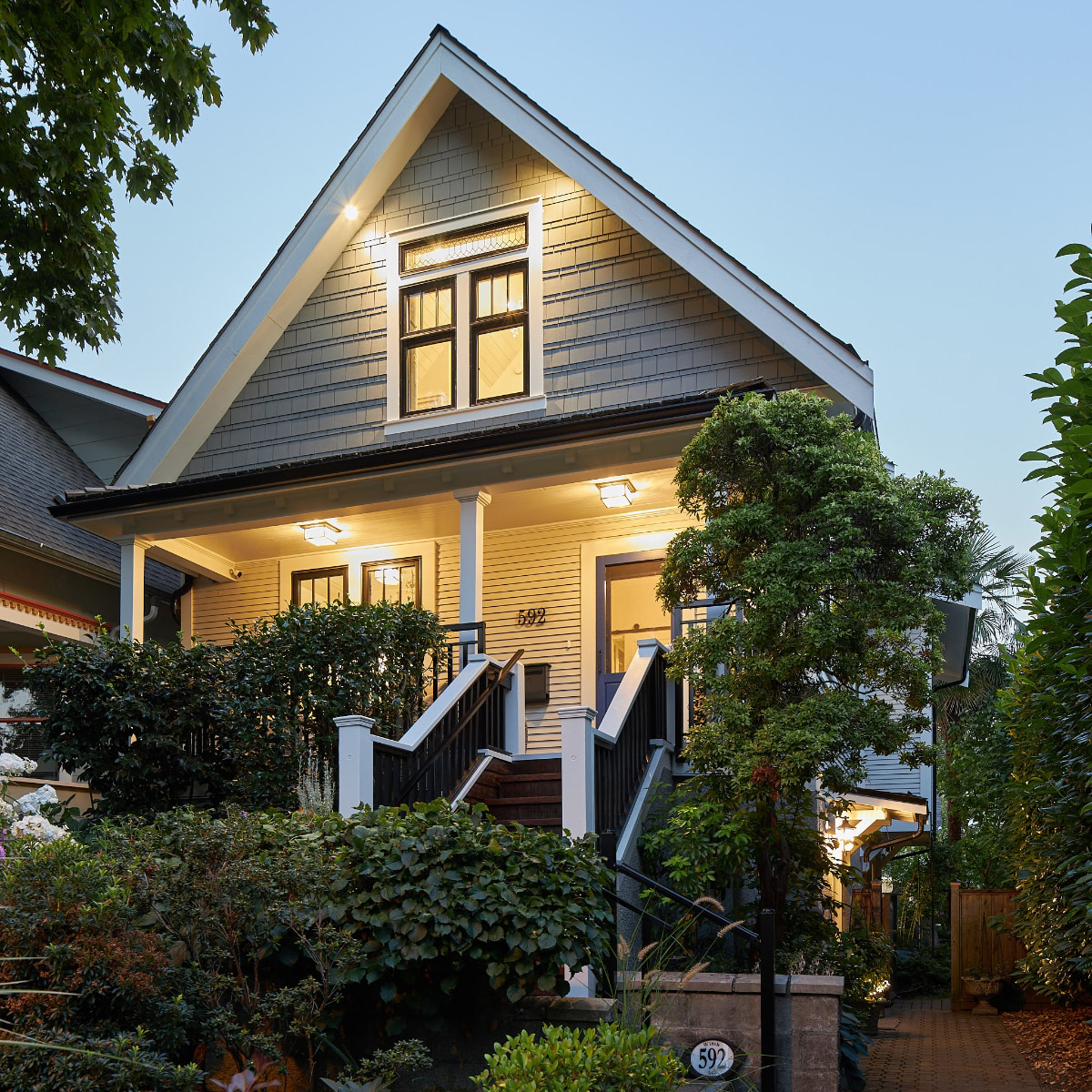Geeking Out With Thermal Mass
Thermal mass describes a material’s capacity to absorb, store and release heat. It can have a positive effect on the energy performance of an exterior wall system or interior of a home. Thermal mass can both store heat and cool, evening out temperature fluctuations. Any material can capture, store and radiate heat, which essentially means all materials have thermal mass (to a lesser or greater degree). The general rule here is that the denser and heavier a material is, the higher its value as thermal mass. Like other technologies and materials, such as solar panels, thermal mass is a component of passive design.
Conductive Heat Flow through Thermal Mass
Imagine an exposed thick concrete wall of a home is heated during the day by the sun; the wall is progressively warmed. It’s cooler inside, and so heat slowly conducts from the outside surface inwards. As temperatures fall during the night, the heat flow reverses. The heat of day and coolness of night are each tempered by the benefit of thermal mass. If thermal mass is there, this transfer takes time and with this time delay, we feel the coolness of the wall during the day and the warmth during the night. This process is known as conductive heat flow, and is no different that heating a pot to boil water, then cooling it, for example, by submerging it in ice.It is most effective when the daily temperature fluctuation revolves around the indoor set point, cycling above and below indoor temperatures within a 24-hour period. Even if the outside temperature fluctuates but never crosses the indoor set point temperature, thermal mass can be beneficial in delaying the peak heating or cooling load, taking some burden off of mechanical systems.
R-value defined
For those already familiar with thermal mass, you’ve probably already heard the term ‘R-value’ as it’s used in the construction industry. R-value is the measure of an insulating material to resist heat flow, where higher R-value, the greater the insulating power. Thermal mass offers "mass-enhanced R-value", and is greater than its steady-state R-value.
Materials

As mentioned above, concrete is a routine favourite when it comes to providing thermal mass. Other high-density materials that provide high thermal mass in building applications include stucco, adobe, stone and rammed earth. Rammed earth, an increasingly popular building material, can be made from a combination of ingredients like stone, gravel, clay, and sand. After being pressed into its final state, rammed earth can be used to make highly insulated walls and floors.
Benefit
Thermal mass promotes passive heating and cooling of a home. This lowers the burden on mechanical heating and cooling systems. For a homeowner, effective thermal mass can help lower utility bills and can become a component in building a more passive house with a reduced environmental footprint.Careful consideration of thermal mass is a small part of a home’s thoughtful design, where creating meaningful space matters.A rammed earth wall is pretty easy on the eyes, too.













